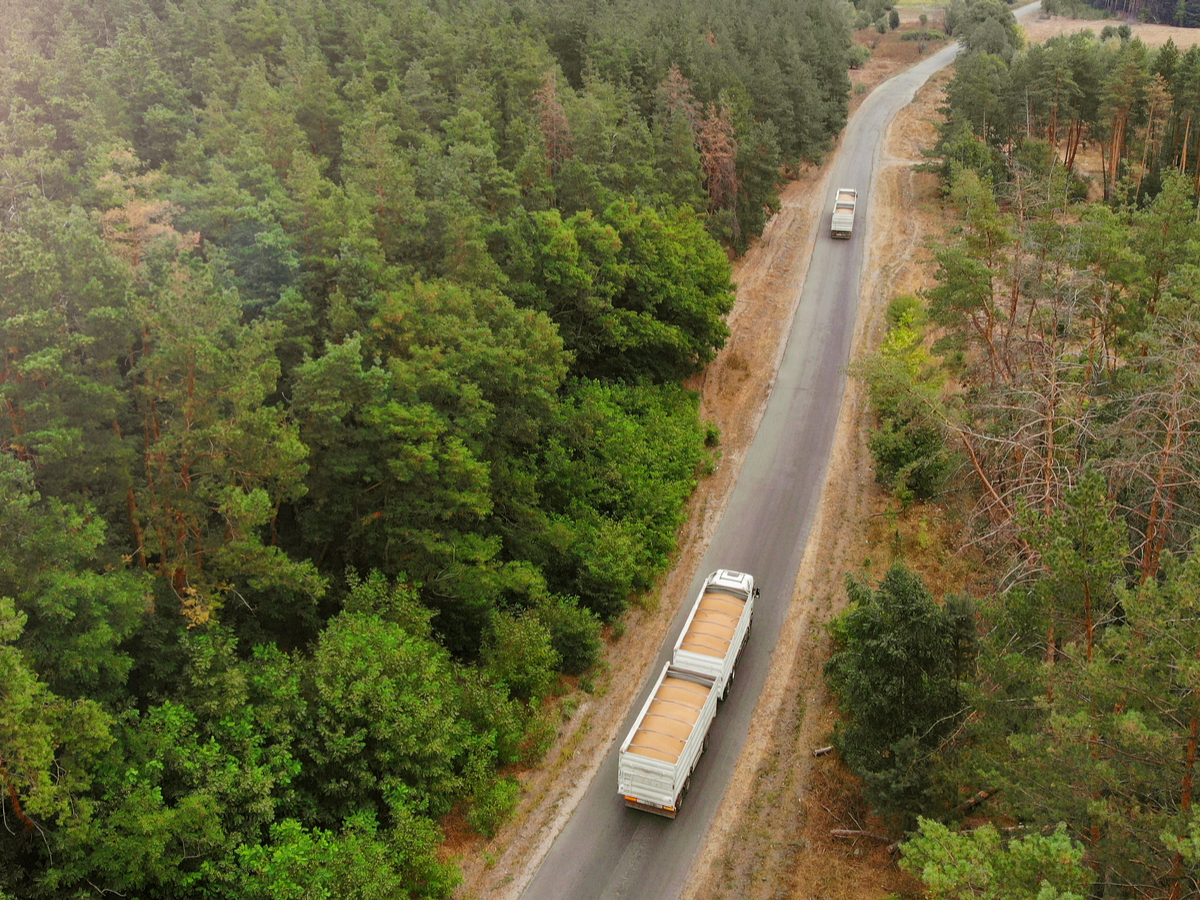
Home » Driver Out of Range? Not a Problem for Dupre Logistics’ ELD Reporting
Case Study
Driver Out of Range? Not a Problem for Dupre Logistics’ ELD Reporting

May 15, 2019
Modern-day cellular communications for tracking freight movements are great — at least until you find yourself out of range of a network.
That situation can be a particular annoyance when a truck driver is supposed to be relaying trip information in compliance with new Federal Motor Carrier Safety Administration (FMCSA) rules on the use of electronic logging devices (ELDs) for recording drivers’ hours of service (HOS).
Dupre Logistics LLC, an energy and chemical transportation company, handles a variety of gasoline diesel products and refined hydrocarbons. It also provides chemicals to oil fields and agricultural sites. As such, the company frequently finds itself operating outside of cellular networks, especially in remote oil fields. How, then, can Dupre relay drivers’ records via the ELDs installed on its trucks, to demonstrate compliance with the HOS limits?
By the end of this year, commercial trucks and drivers will need to be in full compliance with FMCSA’s ELD implementation rule. (It’s being phased in under a four-year timeline that began in February of 2016.) In one sense, Dupre is already ahead of the game, having already equipped its trucks with ELDs. But those devices left something to be desired.
Information on the sulphur content of crude oil drawn from the wellhead, along with gross and net barrel amounts, is captured on a ticket which must be printed and left at the wellsite. Old-model systems required that the recorder be online with the main computer in order to print that ticket.
Where cellular networks weren’t accessible, Dupre had been relying on slow and expensive satellite communications to make the necessary connection, according to chief information officer Bob Verret. Then AT&T stepped in.
AT&T teamed up with three other vendors — GeoTab, provider of a fleet-tracking platform with HOS reporting capabilities; Eleos Technologies, a mobile app development platform, and ASR Solutions, which enables workflow management. The combined system allows Dupre to store tickets on a tablet offline, then print them when the operator comes within range of cellular reception. At the same time, Dupre turned to AT&T’s network to relay drivers’ HOS data with more up-to-date ELDs.
Dupre began with a pilot involving just three trucks. “It ran very well,” Verret says, adding that AT&T’s network give the company 80-percent real-time communications capability for reporting on drivers and their vehicles. What’s more, the AT&T/GeoTab offering is based on 4G technology, so Dupre doesn’t have to worry about the scheduled shutdown of the 3G network beginning at the end of this year.
The company is currently implementing the technology in all of its 125 trucks that handle crude-oil shipments, with a completion target of August. Verret sees the potential for expanding it to other types of trucks as well, including those for gasoline and chemical deliveries. “It hasn’t been approved by all businesses,” he says, “but my guess is if this goes well, the price points for entry are far less.” The cost of the new technology is about five times less than the equipment that Dupre is currently using.
The ELDs are part of a broader fleet-management system from AT&T that can also record key data about the vehicle’s operation, including location, engine diagnostics, speed, braking and idling time, according to David Van Dorselaer, general manager of industry solutions with AT&T. The information is sent to the cloud and can also be displayed on a tablet inside the truck, so that drivers can demonstrate compliance to law enforcement.
The ELD technology itself is compact and relatively easy to install. The bigger challenge in implementation, Van Dorselaer says, is changing drivers’ behavior. “There’s a lot of training involved, along with a mindset shift in how they can use [the system] to save money and improve operations.”
In the case of Dupre, because it had already equipped its trucks with ELDs, training was less of an issue when implementing the new technology. “The learning curve is less,” Van Dorselaer says. “Drivers are familiar with the ELD solution and how tablets work. They just need to be able to navigate [the device] quickly, and demonstrate it to highway patrol safety officers.”
Introduction of the ELD requirement by FMCSA gave rise to some dire predictions about a plunge in the nationwide driver workforce, due to the supposed high cost and complexity of the technology. Dupre never saw it that way, says Verret, noting that the company was already in compliance with stricter HOS limits.
Van Dorselaer agrees that concern over the coming of ELDs was overstated. While the nation is experiencing a serious shortage of drivers in many areas, “I don’t believe that ELD compliance or regulation impacted driver retention,” he says.
RELATED CONTENT
RELATED VIDEOS
KEYWORDS Big Data/IOT HR & Labor Management LTL/Truckload Services Quality & Metrics Regulation & Compliance Supply Chain Visibility
Subscribe to our Daily Newsletter!
Timely, incisive articles delivered directly to your inbox.
Popular Stories
Case Studies
-
JLL Finds Perfect Warehouse Location, Leading to $15M Grant for Startup
-
Robots Speed Fulfillment to Help Apparel Company Scale for Growth
-
New Revenue for Cloud-Based TMS that Embeds Orderful’s Modern EDI Platform
-
Convenience Store Client Maximizes Profit and Improves Customer Service
-
A Digitally Native Footwear Brand Finds Rapid Fulfillment




